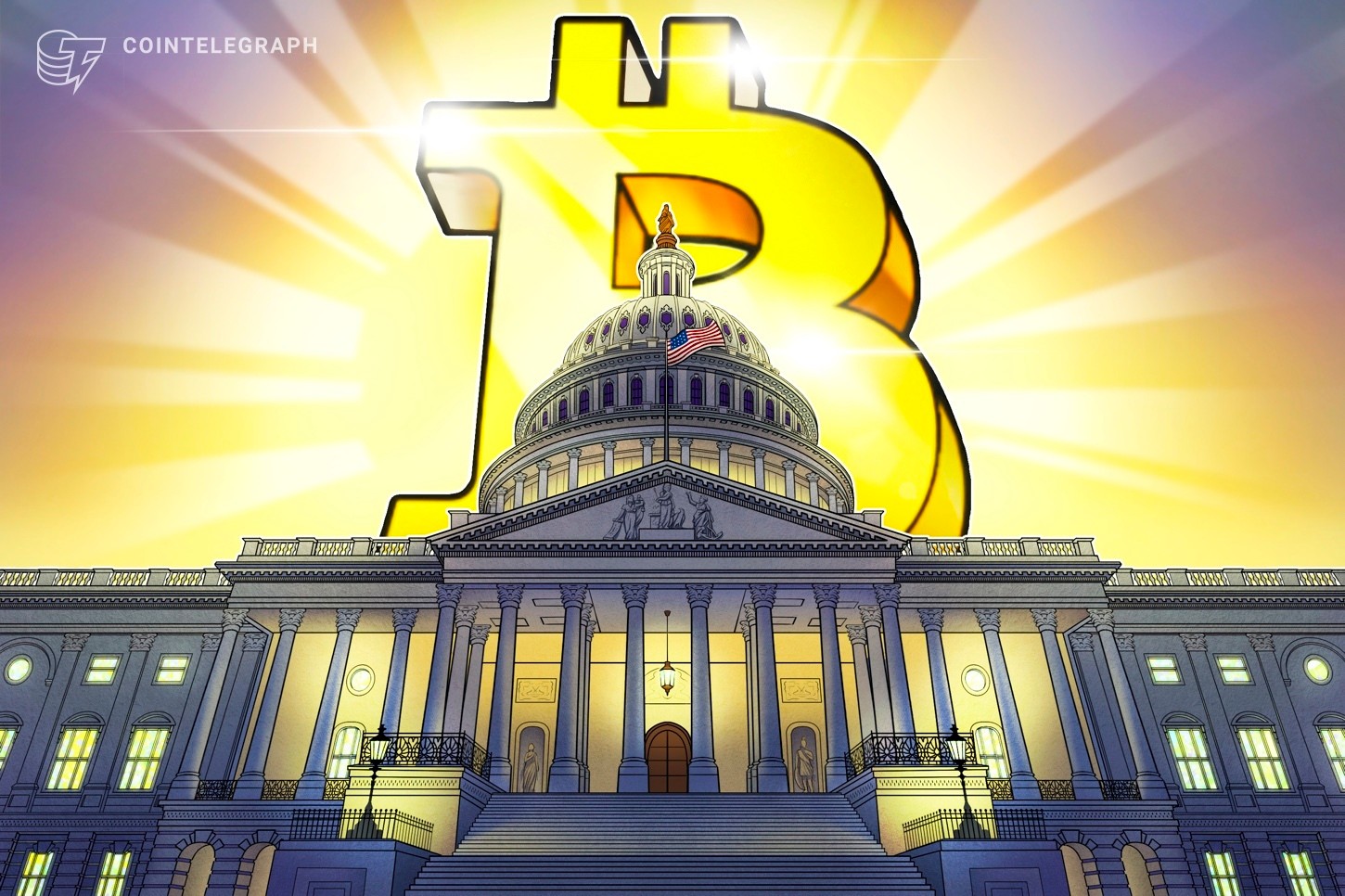Key takeaways:
Historical data fail to show a consistent link between Bitcoin price gains and US debt ceiling increases.
Bitcoin’s resilience reflects investors’ belief that the US dollar will continue to lose value due to US domestic fiscal policy.
The United States Senate passed US President Donald Trump’s “One Big Beautiful Bill” on Tuesday, moving it one step closer to becoming law. The proposed $5 trillion increase to the debt ceiling has stirred significant controversy, and many Bitcoin (BTC) advocates believe the move could be a catalyst for a new all-time high in 2025.
Although several solid analyses point to a bullish outlook for Bitcoin, past US debt ceiling increases and suspensions have generally led to bearish outcomes, at least in the six months that followed. In fact, the June 2023 event stands as the only instance where BTC posted gains afterward.
Some might argue that markets price in these developments in advance. However, that assumption weakens when looking at Bitcoin’s flat performance. On Tuesday, Bitcoin held steady at $105,000, the same level as five months earlier.
Bitcoin’s resilience occurred despite widespread expectations that the Trump administration would push through the debt ceiling increase. At that time, economists projected the government would run out of funds by mid-August.
A Bitcoin bull run holds little relationship to the US debt ceiling
The nonpartisan Congressional Budget Office estimates that the proposed legislation will add at least $3.3 trillion to the federal deficit over the next decade. The nearly 900-page bill passed in the Senate by a one-vote margin and now returns to the US House of Representatives.
Sven Henrich, founder of NorthmanTrader, criticized US Treasury Secretary Scott Bessent’s claims that the bill represents a step toward “controlling the US debt.”
According to Henrich, raising the debt ceiling while “running record deficits” and lowering interest rates aligns with “modern monetary theory” — an approach suggesting that governments can fund expenditures by creating money, rather than through taxes or borrowing.
Rather than focusing solely on lawmakers’ decisions, attention should turn to how the central bank will respond. If the US Federal Reserve maintains higher interest rates, debt servicing costs rise. On the other hand, a shift toward looser monetary policy could undermine the US dollar’s strength.
Generally speaking, higher US Treasury yields reflect reduced investor confidence, as buyers demand greater compensation for perceived risks. Historically, this indicator has shown a positive correlation with Bitcoin’s price, meaning both tend to rise together, given the cryptocurrency’s appeal as an alternative asset.
Therefore, Bitcoin holding above $105,000 while the 10-year Treasury yield fell to 4.25% from 4.50% on June 6 suggests early signs of a decoupling. Even so, it remains too early to declare Bitcoin a proven reserve asset, particularly as both gold and the S&P 500 approach their own all-time highs.
Related: Bitcoin holds steady as major catalysts align for breakout above $110K
In effect, broader markets appear to be pricing in a weaker US dollar, as evidenced by capital flowing into assets that traditionally benefit from currency debasement, such as equities, commodities, and Bitcoin itself.
According to “The Kobeissi Letter,” the dollar’s devaluation comes as investors react to tariffs, the US deficit spending crisis, and pressure on the Fed to cut rates.
Ultimately, while the debt ceiling increase may coincide with a Bitcoin rally above $110,000, historical patterns do not support a direct causal link between these events.
This article is for general information purposes and is not intended to be and should not be taken as legal or investment advice. The views, thoughts, and opinions expressed here are the author’s alone and do not necessarily reflect or represent the views and opinions of Cointelegraph.


